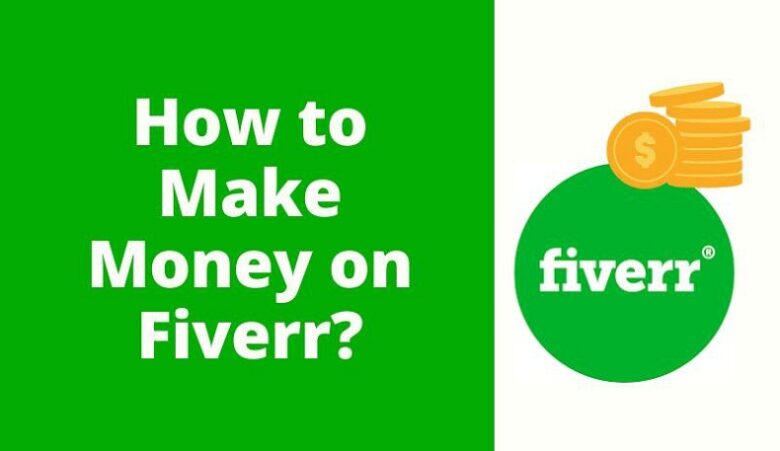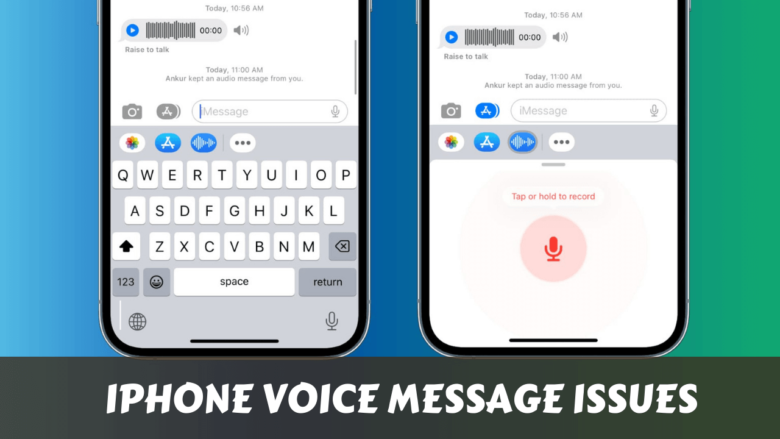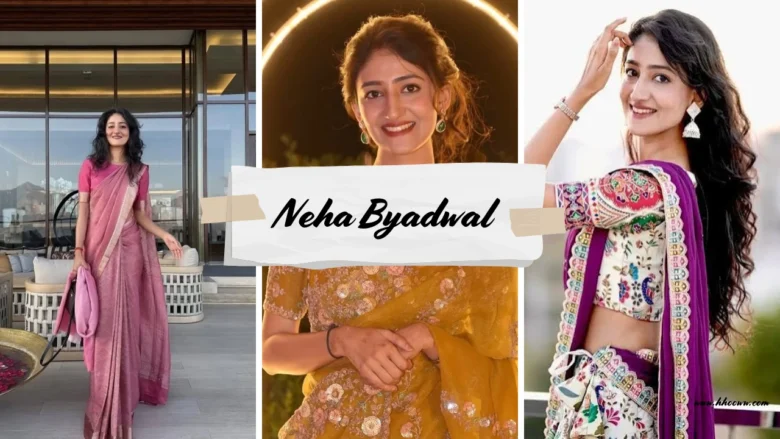How to Write a Video Treatment
Creating a compelling video starts long before the cameras roll. One of the most critical steps in pre-production is writing a video treatment – a blueprint that brings your idea to life on paper. Whether you’re pitching to a client, a brand, or preparing for your own production, a solid treatment ensures everyone’s on the same page.
This guide will help you understand how to write a video treatment that’s clear, engaging, and professional – even if you’ve never written one before.
What is a Video Treatment?
A video treatment is a written summary of your video concept. It includes the storyline, visual style, tone, characters, and creative direction. Think of it as a storytelling pitch – you’re selling the idea before the video is ever made.
Unlike a full script, a treatment is usually short and visual. It’s designed to excite and inform – giving readers a clear picture of what the video will look and feel like.
Why Writing a Video Treatment Matters
Before diving into production, everyone involved – from producers to clients to crew – needs to understand the vision. A well-written treatment:
- Saves time in the production process
- Prevents miscommunication
- Helps secure funding or client approval
- Acts as a creative reference guide during filming
Step-by-Step: How to Write a Video Treatment
1. Start with a Title
Give your treatment a working title – short, catchy, and aligned with your concept. It doesn’t have to be final, but it should reflect the theme or goal of the video.
2. Write a Logline
In one or two sentences, describe your entire video idea. A logline should quickly answer:
- What is the video about?
- Who is the audience?
- Why does it matter?
Example:
A young entrepreneur battles self-doubt while building a business that transforms her village.
3. Define the Objective
What’s the purpose of the video? Is it to sell, educate, inspire, entertain, or promote? This helps set the direction.
Example:
- Commercial video: Drive conversions for a new product launch.
- Documentary: Highlight the struggles of rural communities in India.
- Music video: Visualize the emotional journey of the artist’s lyrics.
4. Describe the Story or Structure
Now, break down the video’s narrative or flow. Use short paragraphs to outline the beginning, middle, and end. Focus on what happens, not just how it looks.
You can use a format like this:
- Opening Scene – How does the video begin? Set the tone.
- Conflict or Development – What’s the main tension, emotion, or action?
- Resolution – How does the video conclude?
If it’s not a story-based video (like a product demo), structure it around key segments or sections.
5. Visual Style and Tone
Here’s where you paint the visual picture. Mention:
- Camera style: handheld, cinematic, fast cuts, drone shots
- Color grading: warm tones, gritty blacks, neon vibes
- Lighting: natural light, studio light, dark mood
- Sound design: background music, voiceover, sound effects
Also mention the tone: Is it serious, fun, dramatic, energetic, emotional, or bold?
Tip: Use references – name real movies, shows, or YouTube videos that resemble the style you’re aiming for.
6. Character or Subject Details
If your video includes people (actors, speakers, or subjects), introduce them. Include:
- Their role or personality
- Key traits or actions
- How they support the story or message
This is optional for videos that don’t have a central character (like motion graphics or explainer videos).
7. Include Key Visuals or Moodboard (Optional)
Incorporate sample images or screenshots that reflect your vision. A visual aid can elevate your treatment instantly, especially when pitching to a team or client.
You can include:
- Moodboard
- Style frames
- Sample camera shots
Even a link to a reference video can work wonders.
8. Call to Action or End Message
Wrap up your treatment by clearly stating the final message, brand takeaway, or call to action that the video will deliver.
Example:
- “End the video with the brand logo and a voiceover saying: ‘Join the movement today.’”
- “The viewer will be left with a strong emotional connection to the story, encouraging them to donate.”
Final Tips to Make Your Video Treatment Stand Out
- Keep it short (1–2 pages max)
- Use simple language – avoid jargon
- Make it visual – write in a way that sparks imagery
- Stick to the big idea – don’t get lost in technical details
- Write in present tense – describe as if it’s happening now
Example Video Treatment Outline (Template)
Title: "Rise Above"
Logline:
A story-driven short film showing how a young athlete overcomes rejection and finds her true strength.
Objective:
Inspire teenagers and promote the new Adidas sportswear line.
Story Structure:
- Opens with slow-motion training scenes
- Faces rejection from coach
- Climactic scene running alone at sunrise
- Ends with triumph and tagline on screen
Visual Style:
High contrast, warm tones, fast-paced edits, emotional piano music
Character:
A 17-year-old female athlete from a small town, determined and vulnerable
End Message:
“Adidas – Born to Rise.”
A strong video treatment can turn a vague idea into a powerful vision. Whether you’re creating a commercial, music video, or documentary, this document will help you pitch, plan, and produce with confidence.
Now that you know how to write a video treatment, it’s time to bring your idea to life – on paper first.
















